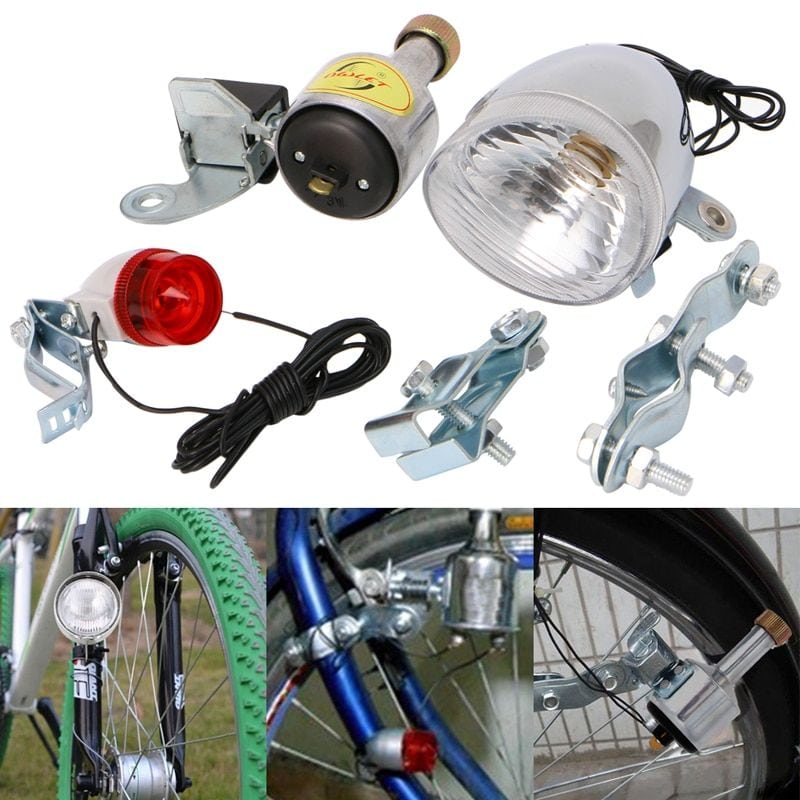Originally Posted by
y0x8
A bicycle has wheels.
Any wheel, no matter how big or small, is a flywheel.
And the flywheel is essentially an energy storage device, an energy accumulator.
The battery of energy can be charged and can give it back.
Where does the linear inertia of the bike and the rider come from?
Of course, from the untwisted flywheel wheel.
An example of removing energy from a wheel is a dynamo.
The mechanical energy of the flywheel is converted into electrical energy.

On fixed gear power wheel flywheel connected to the cranks - pedals hard, and Cycling with the free flow of energy in the crankset - pedals not, reverse the mechanical connection is broken due to the overrunning clutch.
Thus, the mechanical energy of the entire rider bike is always present on the fixed gear crank pedals.
In a transmission with an intermediate shaft, this energy is not even added, but multiplied.
We don't call it a flywheel when the rotational inertia is insignificant. The linear momentum comes from you forcing the wheel around - the opposite effect of a flywheel.
I don't mean to pick, that's why I originally asked you to explain in non-physics terms. Energy added or multiplied by the transmission isn't a thing - just some advice here, take or leave it, but you should find a another way to describe your concept. The physics analogy doesn't work.